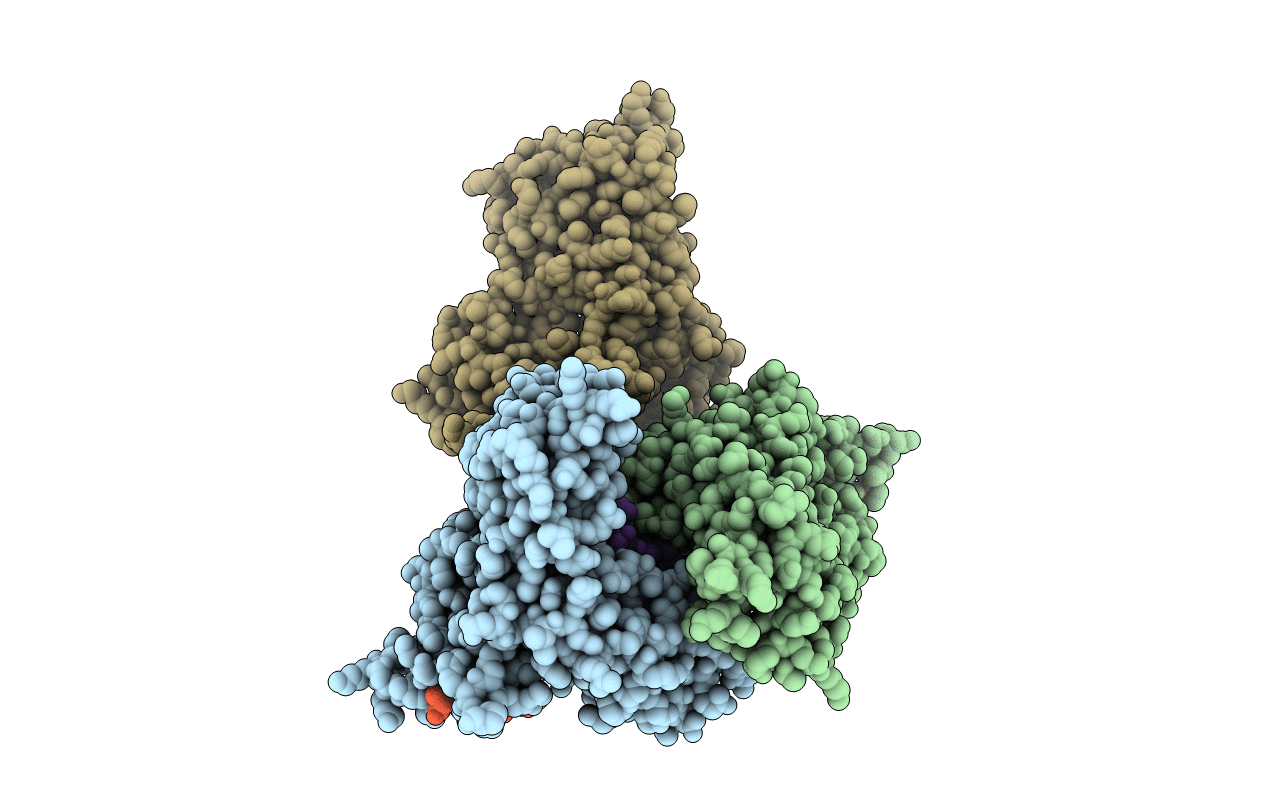
Deposition Date
2007-04-11
Release Date
2007-04-24
Last Version Date
2023-10-25
Entry Detail
PDB ID:
2YVC
Keywords:
Title:
Crystal structure of the Radixin FERM domain complexed with the NEP cytoplasmic tail
Biological Source:
Source Organism:
Mus musculus (Taxon ID: 10090)
Host Organism:
Method Details:
Experimental Method:
Resolution:
3.20 Å
R-Value Free:
0.26
R-Value Work:
0.23
R-Value Observed:
0.23
Space Group:
P 21 21 21


